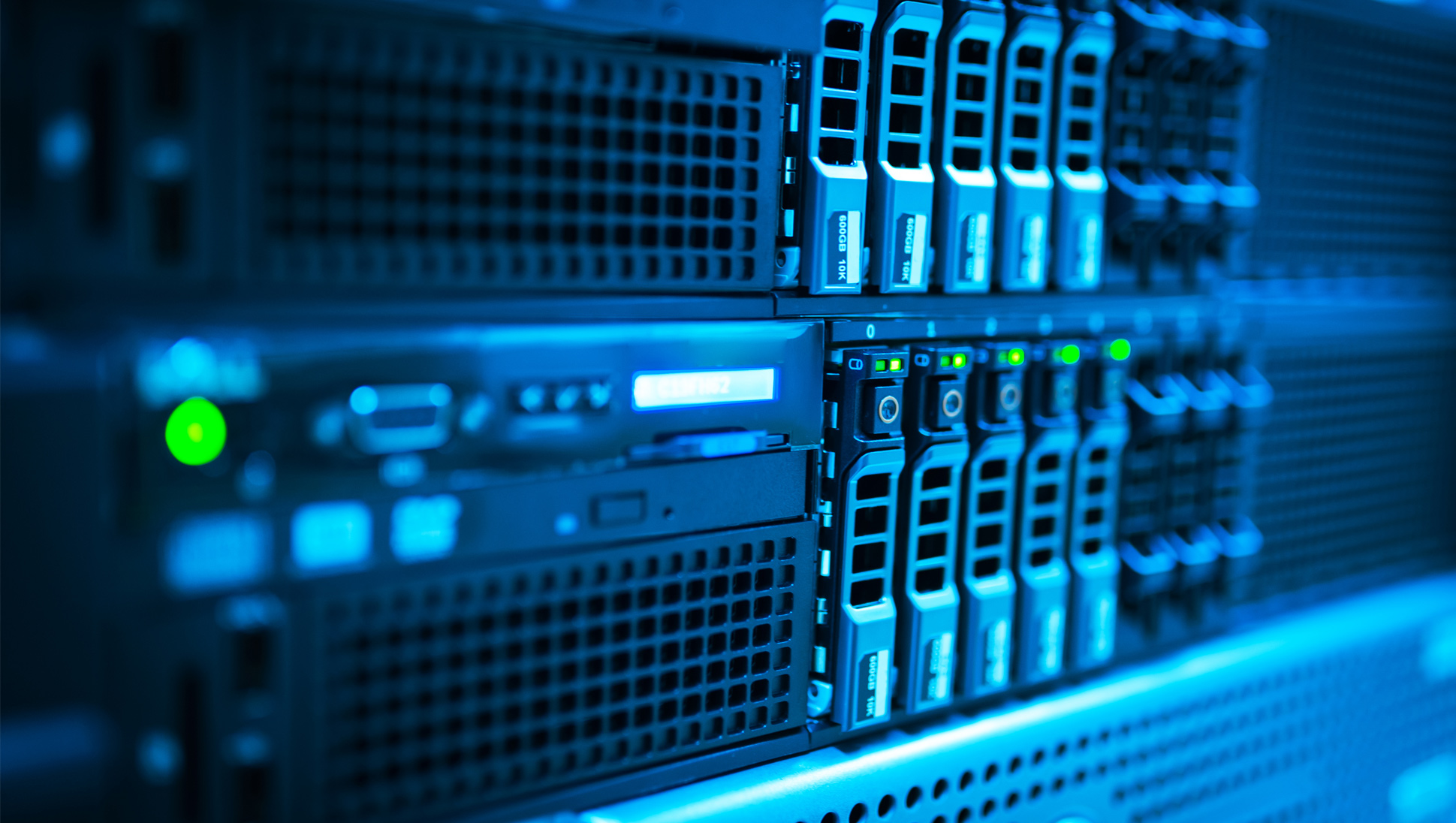… [Trackback]
[…] Information on that Topic: blog.neterra.cloud/en/the-difference-bewtween-desktop-computers-and-servers/ […]

Are there any differences between a desktop computer and а server? Some may say they are completely different – one is a simple, single-use device and the other is a massive, multipurpose, complicated device.
Others may say that they are the same. They both run a modern operating system and have similar components inside.
Let’s try to go deeper and see how similar the desktop and the server are.
The OSes for desktop computers are far more user-friendly. Windows 10, Mac OS or Linux Mint, have very easy-to-understand menus. It is easy to install applications and you don’t need any deep knowledge to just go and use them.
It is not the same with OSes for servers. There are many different types of servers (talking about software). They all need a different framework, installed scripts, and fine adjustments of the system. They have plenty of versions, just look at how many Linux distros are out there. They can be very expensive too – in the range of thousands of dollars depending on parameters like CPU count, core count, hosts, and more.
As you might have already guessed, servers have different processors. AMD has its own lines of EPYC and Opterons processors, Intel has the Xeon line and there are various ARM-based processors.
They have more cores, better error correction, bigger cache, longer lifespan. They might not be better than your desktop CPU for gaming, but for their purpose, they are superior.
CPUs for servers can work together. A server can have more than a few CPUs (not just multiple cores). In case of a failover, such a multi-CPUs configuration allows the server to continue operating even if a CPU fails.
The motherboards are very different from these of a desktop. The servers are built for reliability. They have more of everything. More RAM slots, multiple CPUs, better power supply with backup supplies, better cooling. They are made to run for a very long time under a lot of stress. They need to work fine, without throttling on 100% for most of its life.
Servers need to be easily accessible for storage swapping.
Servers need to have a big amount of storage. You can see massive RAID setups, higher data rate, better interface for the memory, longer lasting components.
The storage array of a server needs to provide low latency operations to many users, while the desktop storage – just to 1 user at a time. And the performance ought to be constant, not just a high peak performance when needed.
Enterprise-level storage can endure heavier write load, recover from higher bit error rates and more extreme environmental conditions.
Something the desktop SSD lacks is the S.M.A.R.T. feature that warns you when you need to replace the drive.
Servers are very different beasts from your daily desktop. They need to provide excellent performance at all times. They are built with redundancy in mind, so even if something fails, the computer should continue running. Yes, you can use your desktop computer as a server. There are different software products for many purposes, but you can’t have the security and reliability of a real server. For best results, we recommend a dedicated server or a cloud server.
… [Trackback]
[…] Information on that Topic: blog.neterra.cloud/en/the-difference-bewtween-desktop-computers-and-servers/ […]
… [Trackback]
[…] Info on that Topic: blog.neterra.cloud/en/the-difference-bewtween-desktop-computers-and-servers/ […]
… [Trackback]
[…] Information on that Topic: blog.neterra.cloud/en/the-difference-bewtween-desktop-computers-and-servers/ […]
… [Trackback]
[…] Read More Info here to that Topic: blog.neterra.cloud/en/the-difference-bewtween-desktop-computers-and-servers/ […]
… [Trackback]
[…] Find More on that Topic: blog.neterra.cloud/en/the-difference-bewtween-desktop-computers-and-servers/ […]
… [Trackback]
[…] Here you will find 68674 additional Info to that Topic: blog.neterra.cloud/en/the-difference-bewtween-desktop-computers-and-servers/ […]
… [Trackback]
[…] Read More Info here on that Topic: blog.neterra.cloud/en/the-difference-bewtween-desktop-computers-and-servers/ […]
… [Trackback]
[…] Find More Information here on that Topic: blog.neterra.cloud/en/the-difference-bewtween-desktop-computers-and-servers/ […]
… [Trackback]
[…] Here you can find 73801 more Information on that Topic: blog.neterra.cloud/en/the-difference-bewtween-desktop-computers-and-servers/ […]
… [Trackback]
[…] Find More Info here on that Topic: blog.neterra.cloud/en/the-difference-bewtween-desktop-computers-and-servers/ […]
… [Trackback]
[…] Read More Information here to that Topic: blog.neterra.cloud/en/the-difference-bewtween-desktop-computers-and-servers/ […]
… [Trackback]
[…] Find More here to that Topic: blog.neterra.cloud/en/the-difference-bewtween-desktop-computers-and-servers/ […]
… [Trackback]
[…] Find More to that Topic: blog.neterra.cloud/en/the-difference-bewtween-desktop-computers-and-servers/ […]
… [Trackback]
[…] Here you can find 64726 more Information to that Topic: blog.neterra.cloud/en/the-difference-bewtween-desktop-computers-and-servers/ […]
… [Trackback]
[…] Here you can find 90844 more Information on that Topic: blog.neterra.cloud/en/the-difference-bewtween-desktop-computers-and-servers/ […]
… [Trackback]
[…] Find More here on that Topic: blog.neterra.cloud/en/the-difference-bewtween-desktop-computers-and-servers/ […]
… [Trackback]
[…] Find More Info here on that Topic: blog.neterra.cloud/en/the-difference-bewtween-desktop-computers-and-servers/ […]
… [Trackback]
[…] Find More Information here on that Topic: blog.neterra.cloud/en/the-difference-bewtween-desktop-computers-and-servers/ […]
… [Trackback]
[…] Information to that Topic: blog.neterra.cloud/en/the-difference-bewtween-desktop-computers-and-servers/ […]
… [Trackback]
[…] Information to that Topic: blog.neterra.cloud/en/the-difference-bewtween-desktop-computers-and-servers/ […]